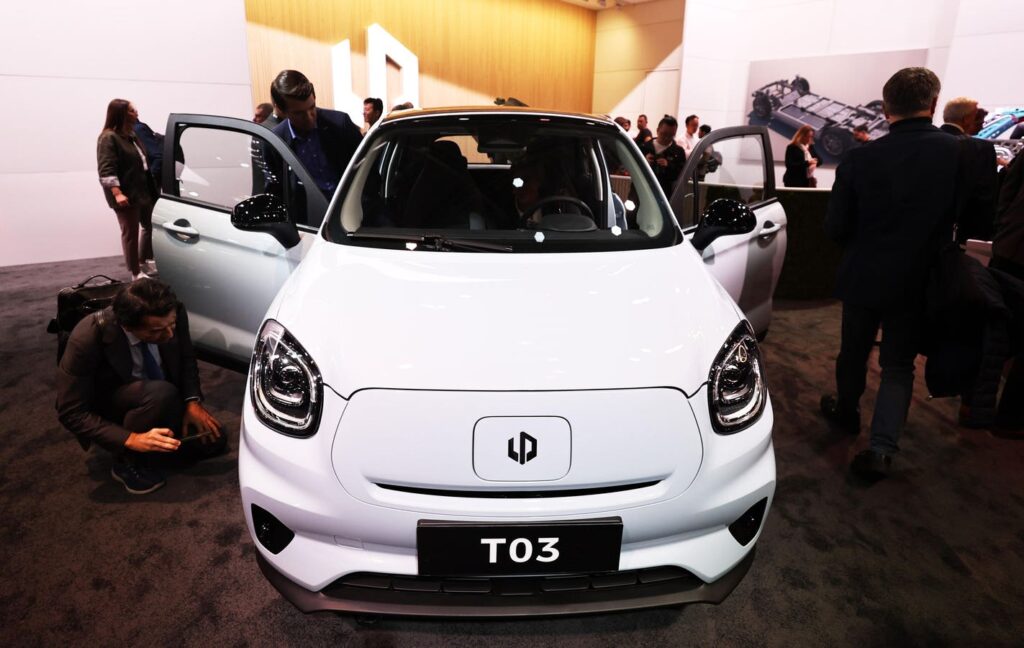At the 2024 Paris Motor Show, Stellantis, the automotive giant formed from the merger of Fiat Chrysler and Peugeot Citroen, is facing significant operational and financial challenges. The company, whose portfolio includes brands such as Jeep, RAM, Opel, and Maserati, has seen its stock price plummet by over 50% since March 2024 due to a combination of issues including excessive inventory in the U.S., a recent management shakeup, and a somber profit warning. Internal struggles have compounded external market pressures, leading to a downgrade in credit ratings and signaling potential difficulties on the horizon.
The inventory crisis, particularly affecting Stellantis’s Jeep and RAM brands in the U.S., has raised serious concerns among investors. This buildup led to a bitter profit warning, with the company adjusting its expected profit margin for 2024 to a range of 5.5% to 7.0%, a stark contrast to the anticipated 10%. Other German car manufacturers have issued profit warnings too, but Stellantis’s situation stands out due to its magnitude. CEO Carlos Tavares, who played a crucial role in the company’s formation and is set to retire in 2026, has hinted at possible brand restructurings. Analysts speculate that some brands, such as Chrysler, Alfa Romeo, and the DS lineup, could face potential cuts as the company reevaluates its strategy.
Despite the financial turmoil, there have been indications that Stellantis could rebound. Moody’s Ratings has maintained a cautious optimism, noting that while the company faces significant challenges, its strong liquidity position provides a buffer for improving operational performance. The firm’s guidance changes, primarily driven by accelerated U.S. inventory adjustments, also highlighted weaknesses in other regions, including Europe. Similarly, S&P Global Ratings referred to Stellantis’s substantial cut in profit guidance as one of the largest among European automakers but also predicted a strong recovery in margins by 2025 due to a rebound in sales and improved operational execution.
The market’s reaction to Stellantis’s string of misfortunes has been a complex one. While some investment analysts remain bullish about the company, suggesting it is still among their top picks for recovery due to a strong product pipeline and potential returns, there is a general consensus that the issues underlying their current predicament need to be addressed. Bernstein Research pointed out a loss of investor confidence stemming from the company’s dismissal of longstanding concerns regarding their U.S. inventory. Analysts believe the timeline to ascertain whether the new management team can effectively tackle these persistent problems might be too short, raising doubts about future profitability.
In contrast to its challenges in the U.S. and Europe, Stellantis is leveraging its relationship with its Chinese affiliate, Leapmotor. During the Paris Motor Show, such collaborations were highlighted as a means of staying competitive in the European market. Stellantis showcased the locally assembled TO3 and C10 models, as well as a new compact SUV called the B10. These unveilings demonstrate the company’s adaptability and potential to capture market share through innovative products that could align better with consumer demand in Europe, despite overall corporate turbulence.
Overall, the situation at Stellantis underscores the multifaceted challenges automakers face in a rapidly changing global market. While the leadership under Tavares attempts to navigate these treacherous waters amidst profit warnings and inventory issues, the company’s ability to realign its operational strategies and restore investor confidence will be key. The road to recovery may hinge on effectively managing both external market pressures and internal brand assessments as Stellantis moves into the latter half of 2024 and beyond.

